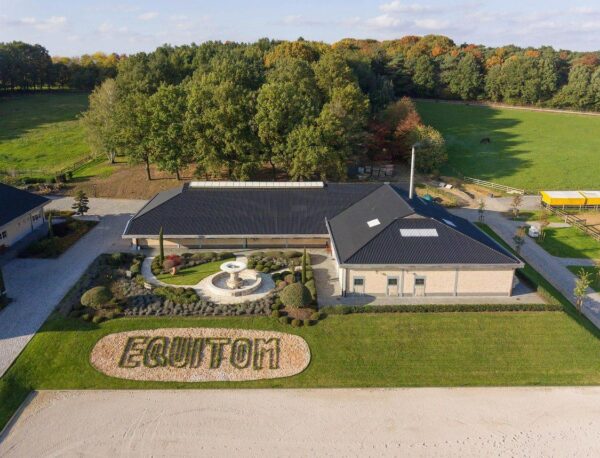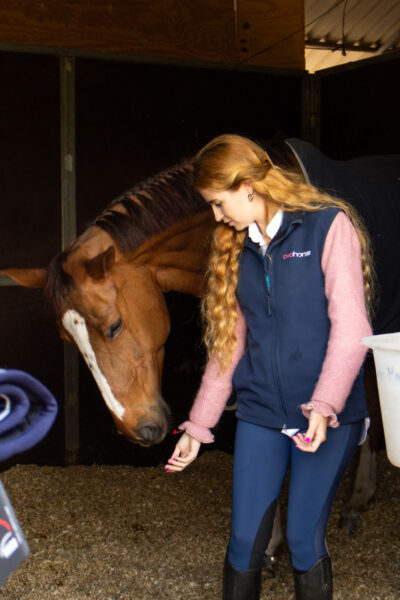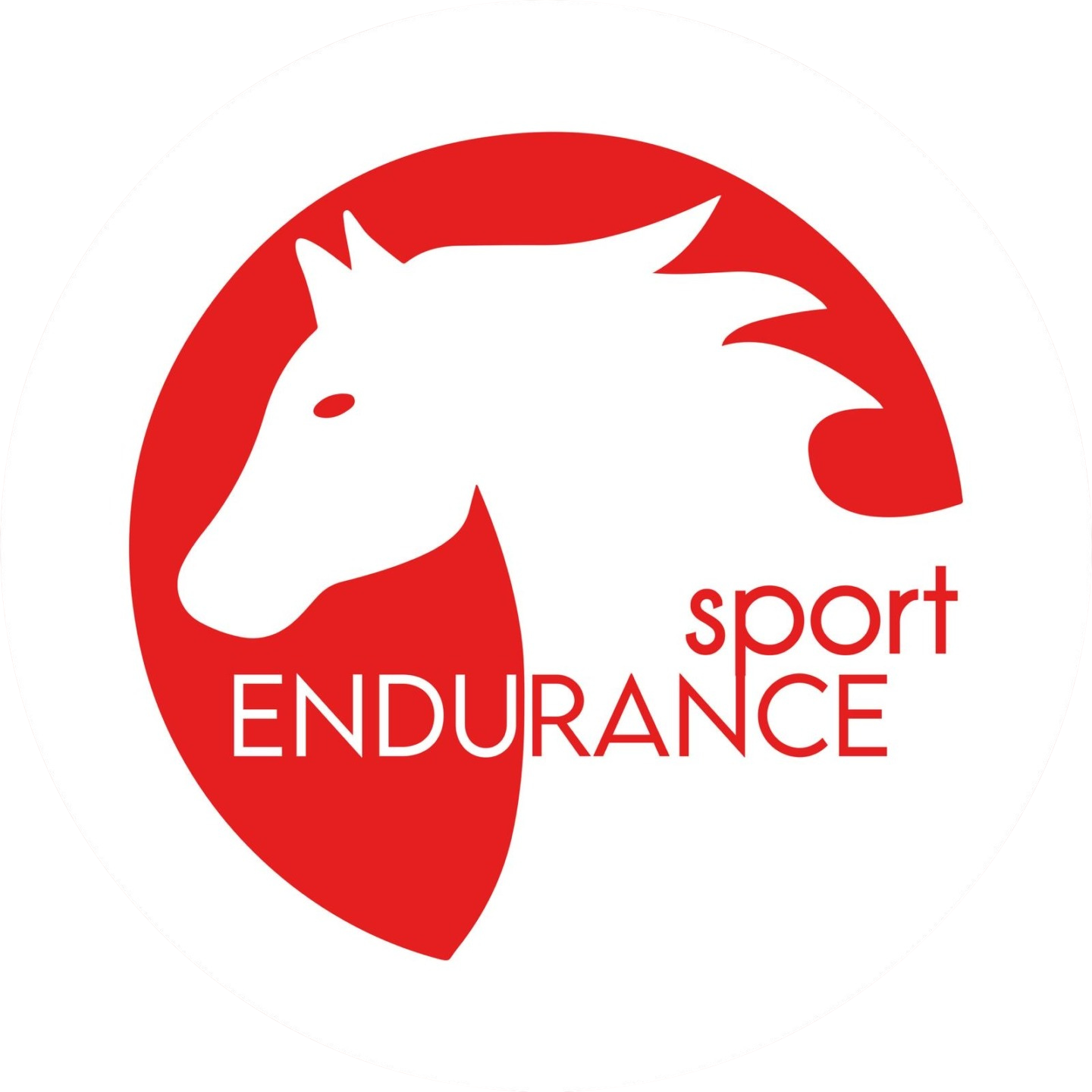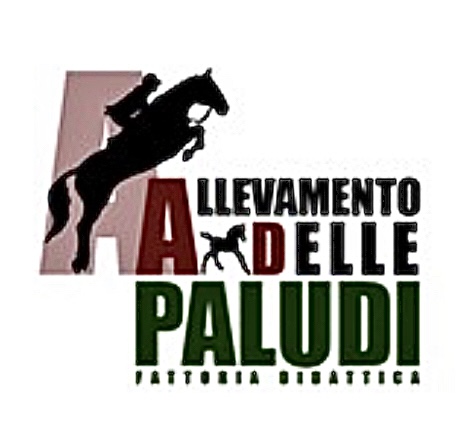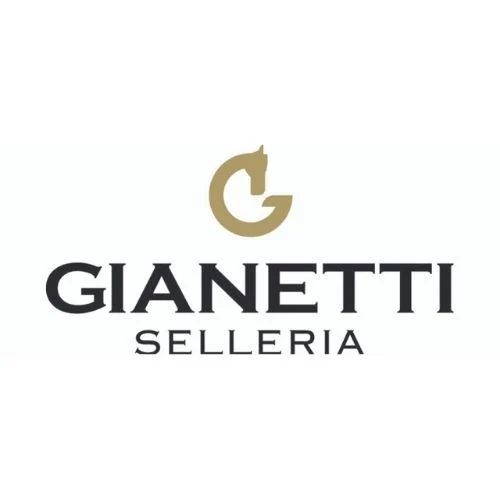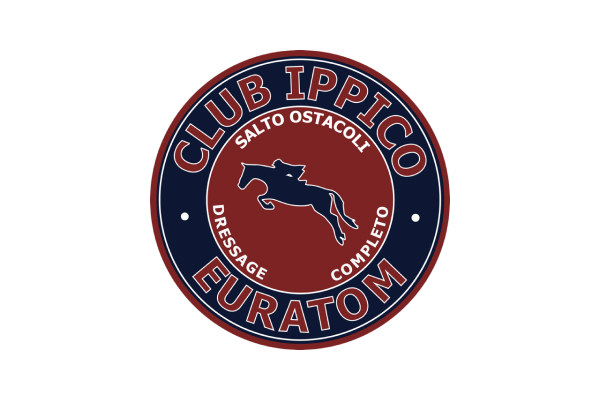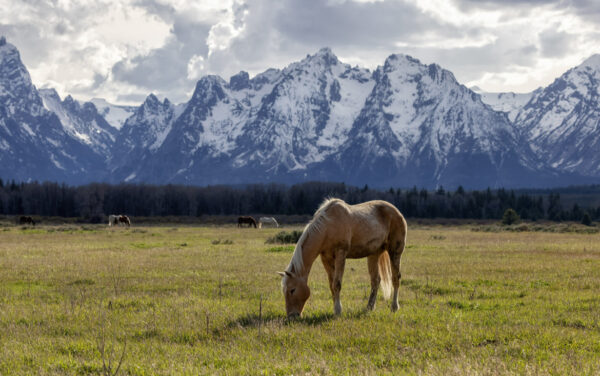
The White Horse: A Deeper Look into Its Role in European Traditions
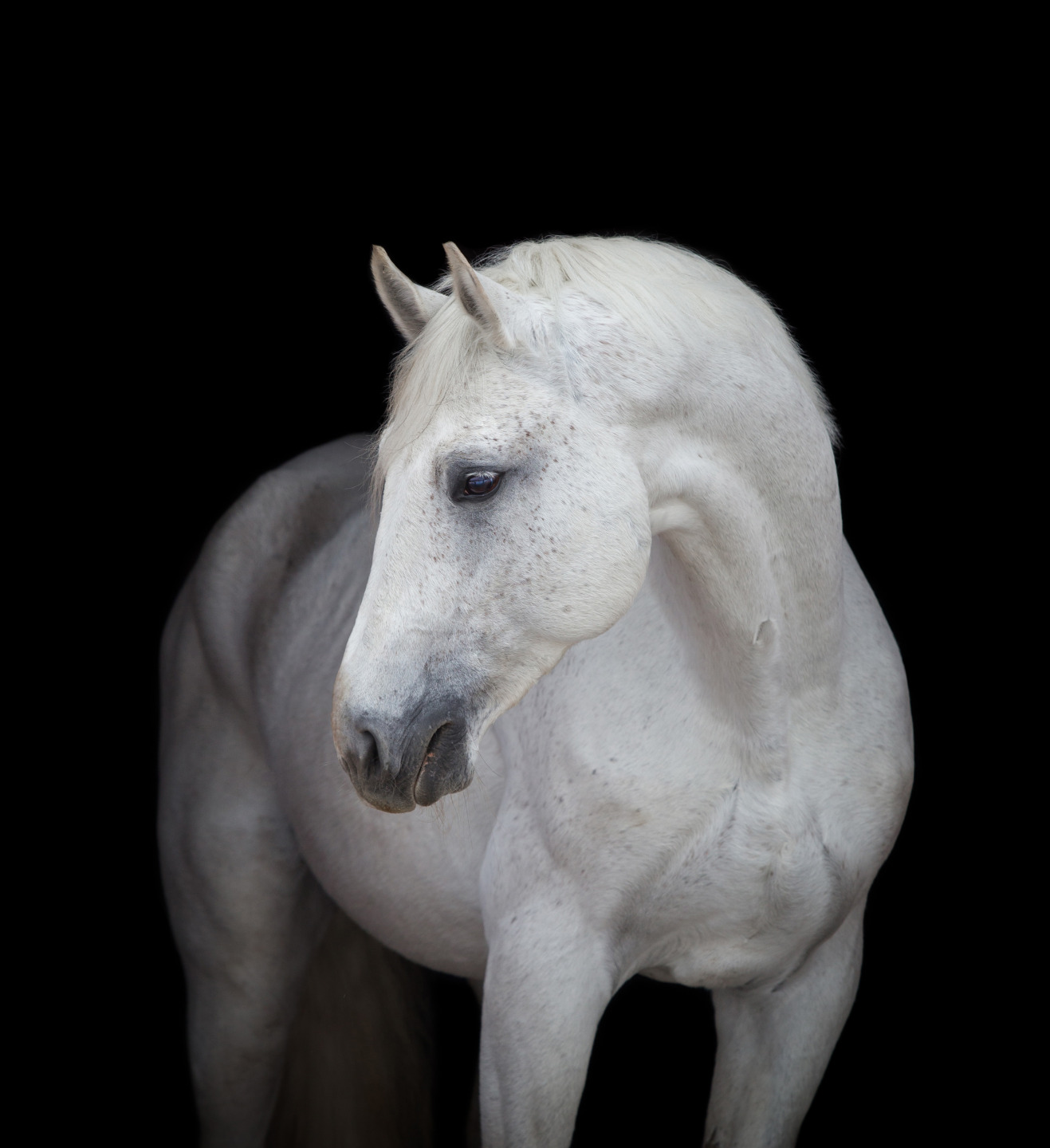
The white horse is more than a decorative motif or mythical creature; it is a symbol deeply embedded in the spiritual and cultural heritage of many European societies. This majestic animal, often seen in Christmas lore, carries layers of meaning that extend far beyond its seasonal associations, tying together themes of purity, divine guidance, and renewal.
Origins in Mythology and Symbolism
The white horse has long been revered in European mythology. In Celtic traditions, it was associated with the Otherworld, acting as a guide between the realms of the living and the dead. In many myths, the white horse represented purity, power, and the ability to traverse spiritual boundaries. Its luminous color was linked to the heavens, making it an emblem of divine favor and protection.
This symbolic role continued into the Christian era, where the white horse took on new meaning. In the Book of Revelation, a white horse is ridden by a figure representing conquest and righteousness, further connecting the animal to the themes of salvation and hope. During the Christmas season, these associations resonate with the birth of Christ and the triumph of light over darkness.
Saint Nicholas and the White Horse
One of the most enduring representations of the white horse in Christmas traditions comes from the figure of Saint Nicholas. In Dutch folklore, Sinterklaas is depicted riding a white horse across rooftops as he delivers gifts to children. This horse, often called Amerigo or Ozosnel in modern narratives, is a central figure in the December 5th and 6th celebrations in the Netherlands.
The white horse in this tradition is not just a practical mode of transport for Saint Nicholas; it symbolizes the swiftness and purity of his mission. It connects Saint Nicholas to earlier pagan traditions, where white horses were believed to carry gods and spirits through the skies. Over time, this imagery evolved into the Christian figure of Saint Nicholas, blending older beliefs with newer religious themes.
Winter Solstice and Light
In Nordic and Slavic mythology, the white horse plays an integral role in winter solstice celebrations. These cultures viewed the animal as a bearer of light, symbolizing the return of the sun after the longest night of the year. The white horse was often depicted pulling the chariot of the sun god or accompanying figures who represented renewal and hope.
For example, in Norse mythology, Sleipnir, Odin’s eight-legged white horse, was a supernatural steed capable of traversing worlds. Some theories suggest that Sleipnir influenced the later traditions of Saint Nicholas’ white horse, tying pagan and Christian imagery together.
Modern Representations
Today, the white horse remains a powerful image in Christmas celebrations across Europe. In towns and villages, holiday parades often feature riders on white horses, representing Saint Nicholas or other festive characters. This tradition reflects a continued reverence for the animal’s role as a symbol of magic, generosity, and divine connection.
In literature and art, the white horse continues to evoke feelings of awe and wonder. It stands as a reminder of the enduring power of myths and their ability to bring people together, especially during the holiday season.
The white horse is far more than a festive decoration; it is a bridge between ancient and modern traditions, pagan beliefs, and Christian values. Its symbolic purity, strength, and connection to light make it a timeless figure in European holiday lore. Whether seen as Saint Nicholas’ loyal companion, a harbinger of light in dark times, or a link to divine realms, the white horse embodies the enduring spirit of hope and renewal that defines Christmas.
V. Sozzi
© Rights Reserved.




.png)




